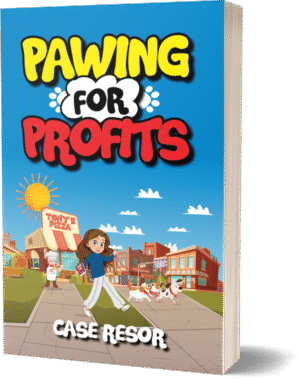Students brainstorm ideas for starting a business by identifying personal interests, skills, and market needs. This lays the foundation for creating viable, passion-driven business concepts.
Students research the costs of supplies needed for their business ideas, building budgeting skills and learning how supply costs impact pricing and profitability.
Students estimate the value of their products or services based on material costs, time, and market competition, strengthening their pricing strategy skills.
Students create detailed budgets for their businesses, balancing startup costs and ongoing expenses against expected revenue, reinforcing the fundamentals of financial planning.
Students problem-solve business challenges using creative, low-cost solutions, fostering innovation and resourcefulness in overcoming operational hurdles.
Students conduct pre-launch evaluations of their businesses, checking market readiness, pricing, and logistics, to minimize risk and prepare for real-world challenges.
Students face surprise business scenarios that test their adaptability and quick thinking, helping them build resilience for real entrepreneurial experiences.
Students design and operate a “lean” version of their business ideas with minimal resources, learning how to maximize efficiency and minimize waste.
Students develop customer retention strategies such as loyalty programs, feedback systems, and customer service enhancements, building long-term business sustainability.
Students reflect on business expansion opportunities and the challenges that come with growth, analyzing how scaling affects operations and profitability.
Students investigate hidden costs often overlooked in budgeting, such as maintenance or administrative expenses, learning the importance of comprehensive financial planning.
Students project potential profits by balancing costs, pricing, and customer numbers, applying critical thinking to create realistic financial forecasts for their businesses.
Students evaluate business outcomes using profit and loss statements, determining whether their operations are financially sustainable or need corrective action.
Students differentiate between fixed and variable costs and explore how flexibility in spending decisions can impact a business’s financial health during ups and downs.
Students design strategies to differentiate their products or services from competitors, focusing on branding, unique selling propositions, and customer experience enhancements.
Students classify business resources as assets or liabilities, evaluating how each affects business valuation, cash flow, and operational strength.
Students brainstorm and plan additional revenue streams for their businesses, diversifying income sources to strengthen financial stability and growth potential.
Students participate in an inventory management simulation, tracking stock levels, predicting supply needs, and preventing inventory-related losses.
Students role-play responding to business crises such as supply chain interruptions or customer service failures, practicing effective crisis management strategies.
Students develop emergency savings plans for their businesses, learning how financial preparedness can protect against unexpected disruptions.
Students complete a journal activity reflecting on setbacks and recovery strategies, emphasizing resilience and growth mindset in entrepreneurship.



